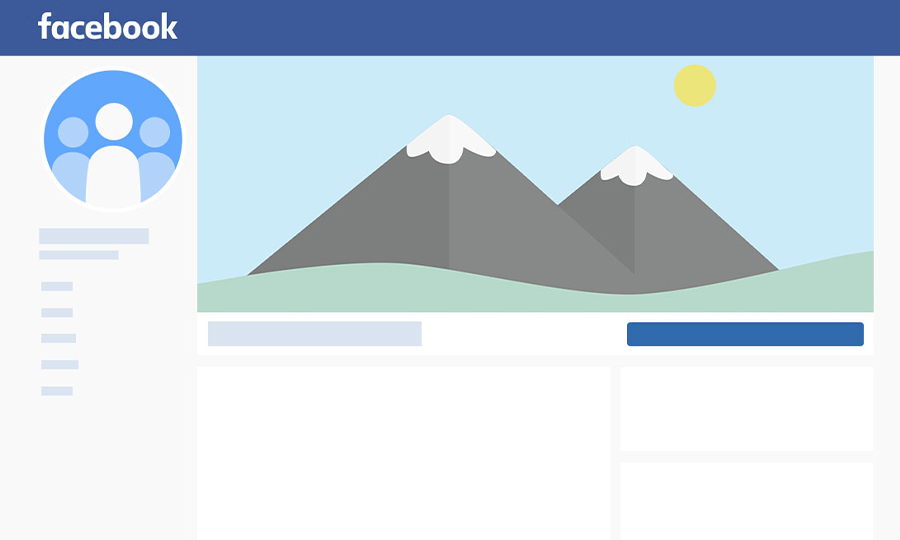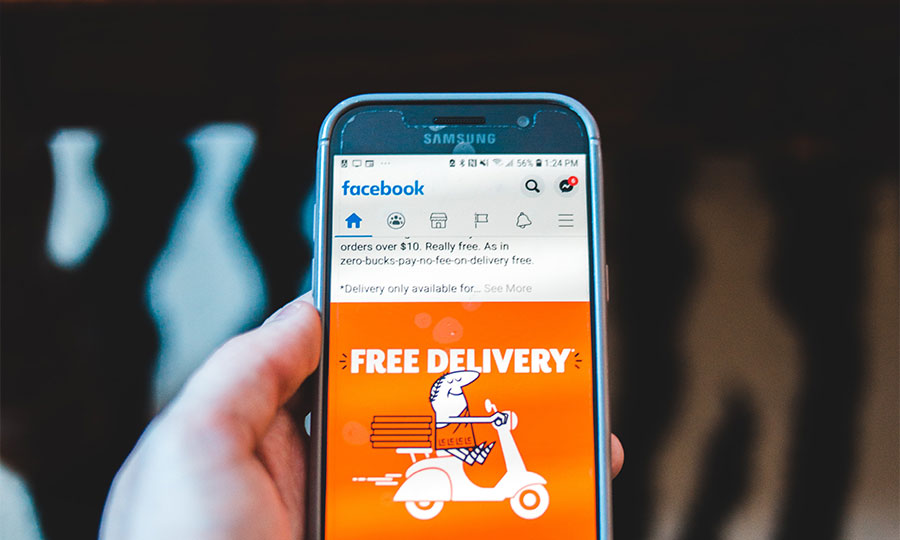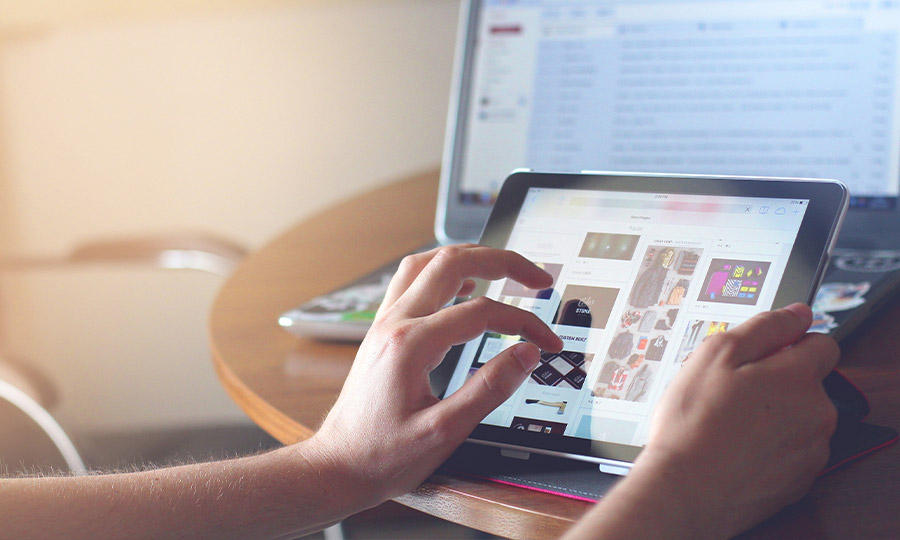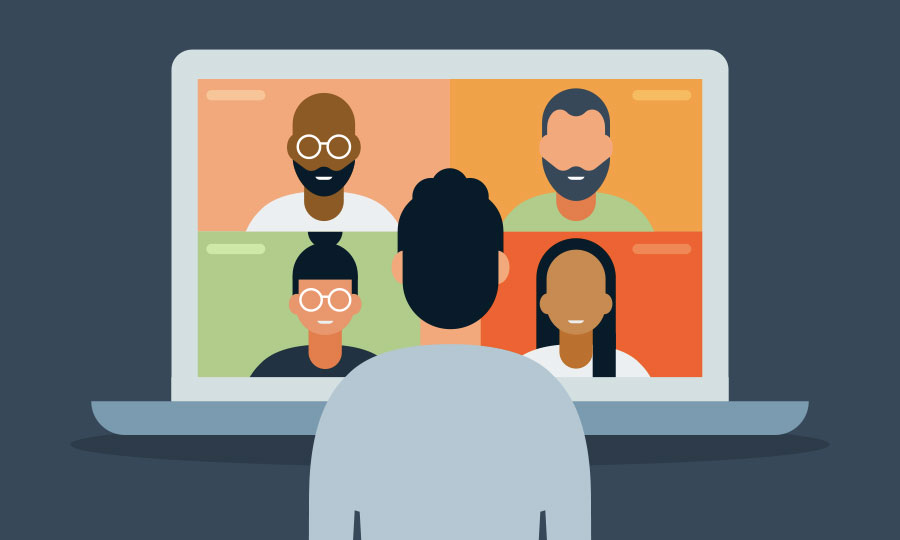Profile Picture Best Practices for Businesses (Updated for 2020)
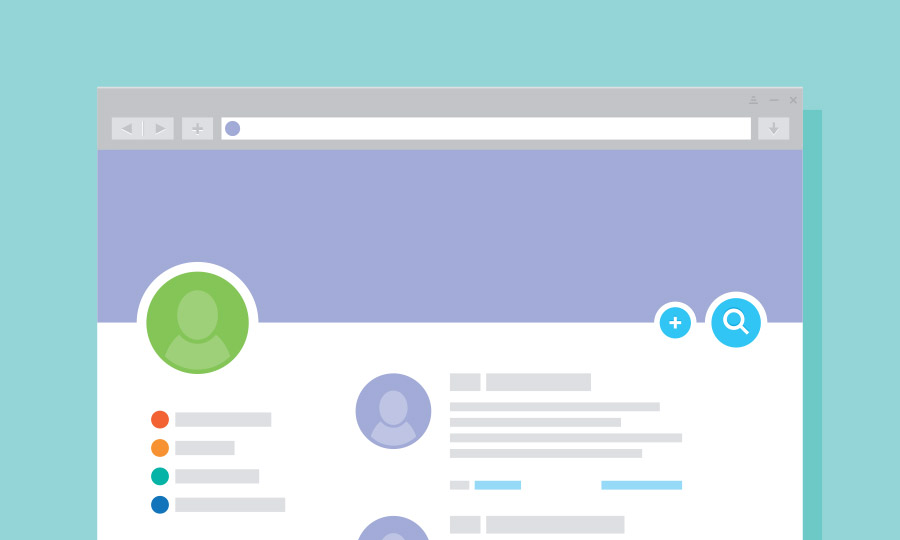
Your profile picture design is one of the first things that prospects or clients will notice about your business on social media. No pressure, right?
We understand the struggle that comes from trying to choose and upload a high-quality profile photo. Each platform has guidelines for images sizes, and there are a lot of factors that can cause images to come out blurry when uploaded. The most common issues we come across when it comes to profile pictures for business are bad cropping and low-quality photos.
Just as logos are meant to represent entire brands, your profile picture represents your company page. And viewers should have a positive feeling when they look at it! In fact, visuals are so important that 93% of people say it affects their purchase decisions (Kissmetrics).
While there are dozens of popular social media platforms, we're going to focus on the top four networks that businesses use: Facebook, Instagram, Twitter, and LinkedIn.
1. Choose an Image to Represent Your Brand
The first best practice for profile picture for business excellence is to decide whether or not you'll be showcasing your logo design or a different kind of photo. Keep in mind that this image won't only show up when someone visits your page. Your profile pic shows up in your follower's newsfeeds and on all of your social media posts and comment replies.
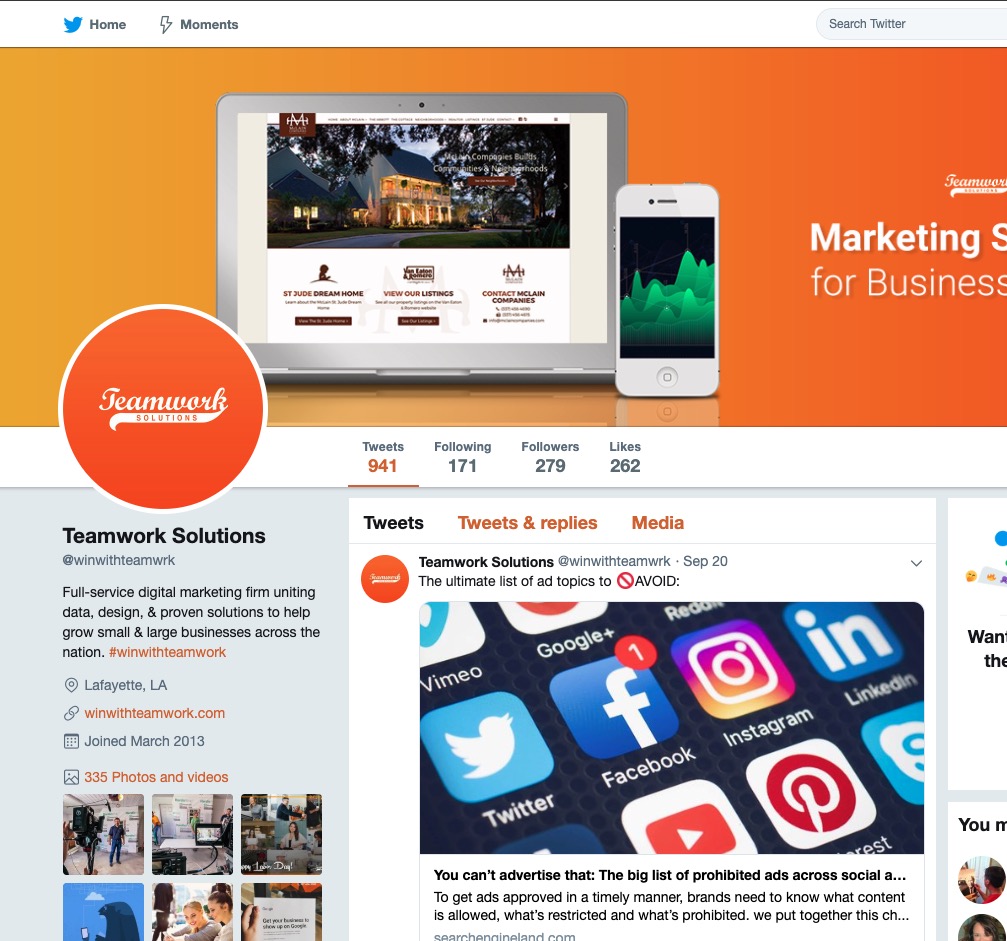
People should be able to quickly recognize your business profile picture when they see it in their feed and eventually start to associate it with your company. This is also known as brand recognition, and it's vital for staying top-of-mind with customers or potential clients. Did you know that having a signature color can increase brand recognition by 80% (CrowdSpring)? Keep this in mind when visualizing what your profile photo will look like when it's very tiny on someone's newsfeed.
Logos are the most common option for profile pics, but there are still some industries in which these might not be the right choice. For example, we always recommend that realtors and lawyers choose their best headshot and use that for their photo.
We typically advise against using photos of your building, location, or specific products. Try looking at the picture and ask yourself, "Does this define my business?". It's safe to assume that a building or product don't define your entire company. If you still can't decide on which option is the best for you, it's safe to stick with your logo.
2. Dimensions - Which One is Best?
Once you decide what your profile picture will look like, it's time to figure out what size the image should be.
As we mentioned earlier, every platform has its own guidelines for image sizing and best practices. Twitter's size minimum for profile pictures is 400x400 pixels. Instagram's minimum is 110x110 pixels, while LinkedIn's is 300x300 pixels. Facebook doesn't even mention a minimum size in their guide, only what size the images display at on computers and mobile.
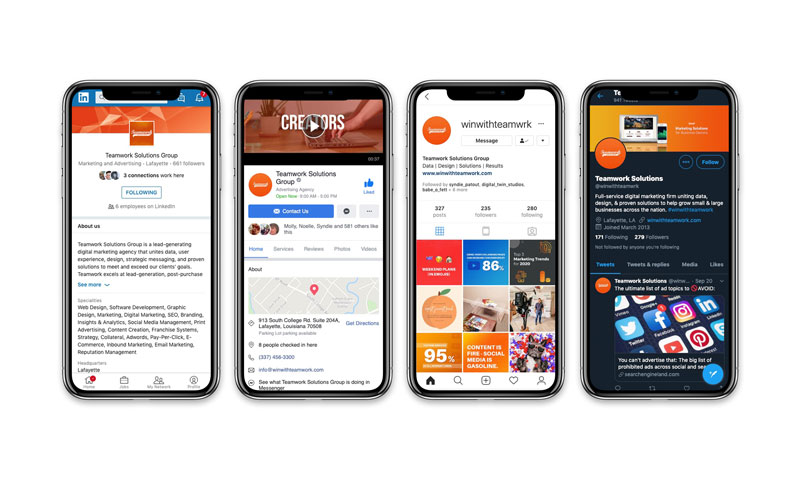
A lot, right? The good news is that you don't need to have a uniquely-sized profile picture for each of those platforms. Creating a new profile picture for every social platform is unnecessary and inefficient.
A good rule of thumb is to go with 400x400 pixels for profile picture sizes on any of the big platforms. This size guarantees that you'll meet the minimum requirements for Twitter, Facebook, Instagram, and Linkedin.
It's also important to keep in mind that Facebook, Twitter, and Instagram will crop your profile photo to a circle shape. To avoid having an image with awkward cropping, be sure to leave enough space between the subject of the picture and the edge.
3. Avoid Getting a Blurry Image
Image size isn't the only thing to worry about when you're creating your profile picture. There's one more step to complete before you're ready to click that "Upload" button, and we think it's the most important one.
Have you ever tried uploading a photo for your profile picture, only to realize that when you click "Save" the image immediately looks blurry? It's daunting enough to keep track of the right dimension sizes for each platform, never mind reuploading image after image to achieve the right quality.

In 2018, we shared the ultimate solution for getting a sharper Twitter cover photo, and you can use a similar technique for your profile pictures.
The first step for avoiding a blurry photo is to make sure you're using the appropriate dimensions. Remember, 400x400 pixels is a good standard.
Secondly, you will need to pull your image's opacity down to 99% using a photo editor. This step is necessary so that the social platform will upload your image as a PNG file, a higher-quality file type than standard JPGs. After adjusting the opacity, save your image as a PNG file and make sure the file size is as small as possible. A big reason why images become blurry after uploading is that the platform is reducing the file size automatically.
When you upload your new profile picture file, make sure you don't crop it if the platform asks you to. Once you click Save, be sure to visit your profile to make sure the image looks good. If it looks blurry, see if you can reduce the file size more and then reupload.
4. Going Above and Beyond
Having a clear profile picture that expresses your brand's voice is a massive plus on social media. As far as best practices go, there are a few more things you can do to optimize your page and make sure you're getting the most out of it.
- Placement: Make sure you're looking at your company's page on mobile and not just desktop. It's widely known that mobile is surpassing desktop when it comes to browsing social media. This growing trend towards mobile means your page needs to look good on people's smartphones. If your cover photo has important details like wording, make sure it's not cut off on mobile or being covered up by the profile picture.
- Call-to-Actions: We rarely see companies utilizing this feature, but more should. Did you know that you can put a caption on your Facebook profile picture and that it can improve SEO for your brand? Search engines crawl your social media pages and will pick up on image captions if they're available, so make them available! It's a good idea to utilize your profile image's caption by linking to a page on your website and providing a phone number for customers to call.
Optimizing your profile picture on social media can make a significant impact on the way you're perceived by potential customers online. We hope this insight has provided you with the confidence to take charge of your social media presence and build a stronger relationship with your digital audience.
For more information on how your social media presence can be optimized, contact us for a free consultation with our team!



